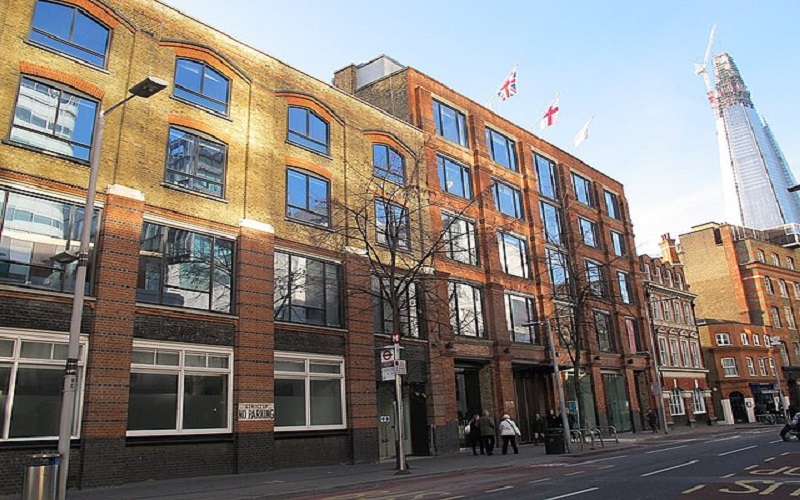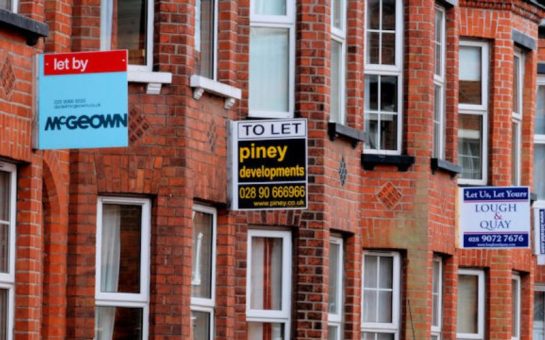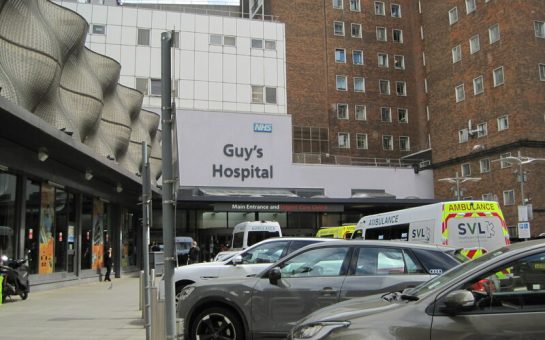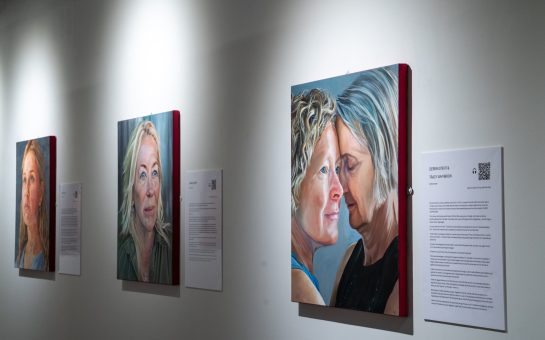Southwark Council have maintained their title of London borough with the highest level of local authority-owned empty homes for the sixth year running.
Updated annual figures from the Ministry of Housing, Communities and Local Government show that 1,238 empty homes in Southwark were council-owned in 2024, amounting to nearly 25% of all vacant dwellings in the borough, although Barnet council had the most empty homes overall this year.
Southwark Council is the largest stockholder of social housing in London, maintaining over 40,000 properties directly, which contributes to the high number of vacant dwellings they own.
But many still see this as part of an increasingly worrying trend as Southwark has gone from seventh in London for long-term vacants in 2014 to being first for seven years running, with highs of 2,920 in 2023 and an overall increase of 136.5% since 2014.
Indeed, London has increased its share of all types of vacant dwellings by 65% and long-term vacants by 84.6% in the same period, almost triple the 28.7% rise of the country as a whole.
The organisation Action on Empty Homes – who campaign to utilise vacant properties and promote social and energy efficient housing to solve the nationwide crisis – say the problem that councils like Southwark have 1 in 18 homes vacant is a stark warning for Londoners.
Campaigns Director Chris Bailey said: “Empty homes are an indication of failure.
“With London having added twice as many new homes as new households it is clear that we are building the wrong housing to solve our housing crisis.”
This comes alongside data showing that, although London places third in the number of vacants compared to other English regions last year, it has far more than any other region in terms of vacant dwellings owned by local authorities.
Bailey said: “Add to that the scourge of Airbnb which the latest reports suggest involves over 117,000 homes that could be housing Londoners.
“It’s clear we need to start building genuinely affordable and social homes and stop building for investors who aren’t interested in using their property as homes.”
With 10,930 LA-owned vacants registered in 2024, and a 54.1% increase since 2014, London has more than the the next two highest regions combined, Yorkshire and the Humber and the East Midlands.
Meanwhile, vacant dwellings also affect local authority budgets and impact their ability to provide services as council tax revenue is hit hard.
The 2022 Southwark Council social housing valuation data suggests that £2,122,273.75 more could have been pocketed by the local authority in council tax fees that year had the properties been occupied.
Although some in social housing have reductions in council tax rates, given that Southwark council owned 24.2% of empty homes last year and has not owned more than 36.7% of vacant dwellings in the past 10 years, the revenue from privately owned empty homes would most likely bring the total lost in tax revenue much higher.
At the same time, the council ranked fourth in the capital for the number of homelessness prevention/relief duties owed to residents, 3,078, between 2023/24.
Many of these people will end up in temporary accommodation (TA), with more than 183,000 Londoners estimated to be living in TA at the end of last year, costing millions across the country and causing misery and insecurity for many.
None of this is helped by the 2024 judgment from the Regulator of Social Housing that Southwark Council has “serious failings” as a landlord, with significant improvements needed.
Councillor Kieran Williams issued an apology, and the council have been forced to implement a plan of action to remediate this, including a £250million investment over three years.
However, recent announcements by Mayor Sadiq Khan to “actively explore” the building of new houses on London’s green-belt land to try and alleviate some of the capital’s housing crisis brings hope to some groups.
A representative of the mayor said: “Providing high quality, genuinely affordable homes for Londoners is and will remain a key focus of the London Plan.
“The scale of London’s housing need means councils must bring vacant properties into use as well as building new homes, with incentives like council tax premiums to support this.”
Private properties which are left vacant and unfurnished can receive a reduced rate of council tax for a period of one month usually, but long-term vacants can still incur a premium of up to 300%.
Additionally, the ‘second homes’ 100% council tax premium introduced in April this year aims to tackle the problem of long-term vacant properties.
Indeed, Westminster City Council leader Adam Hug is also currently petitioning central government to allow them to seize vacant dwellings through Empty Dwelling Management Orders (EDMOs) after six months instead of the current two-year limit.
Organisations like Shelter and Action on Empty Homes have been calling for stronger EDMO powers for some time, which they say will stop homes being stolen from London’s housing supply.
The Ministry of Housing, Communities and Local Government did not respond to requests for comment at the time of publication.
Southwark Council declined to comment.
Featured image copyright Stephen Craven and licensed for reuse under this Creative Commons Licence





Join the discussion